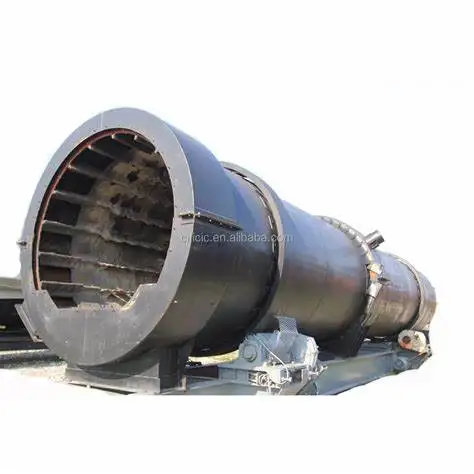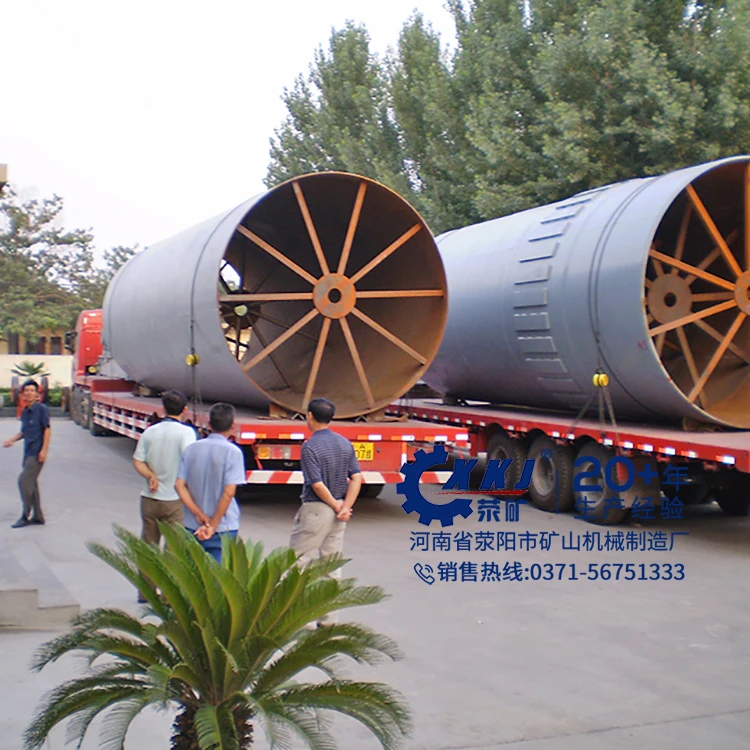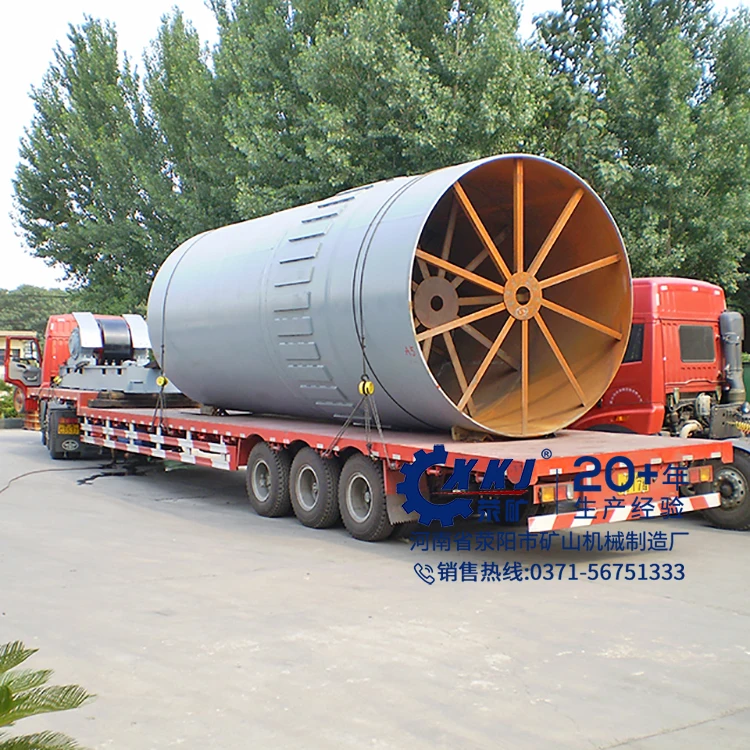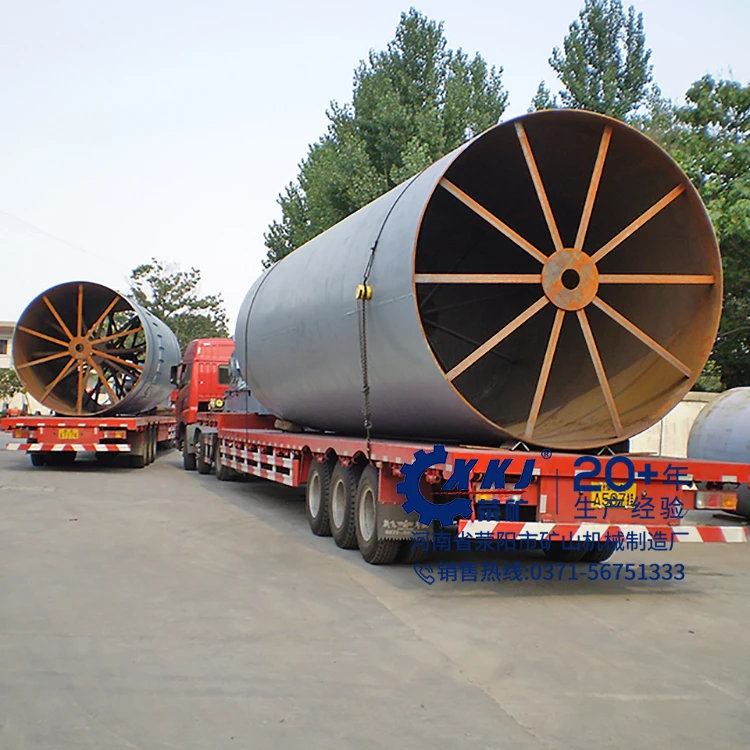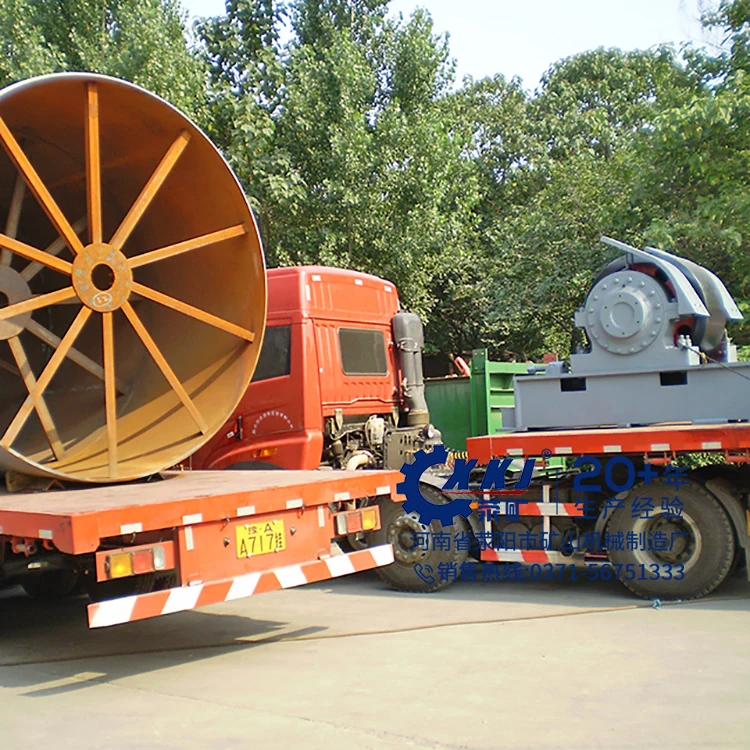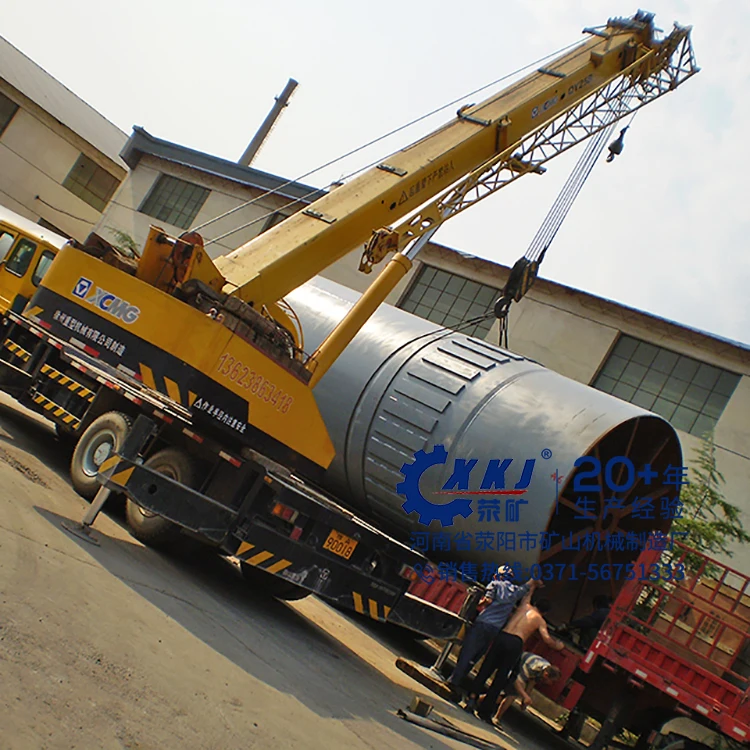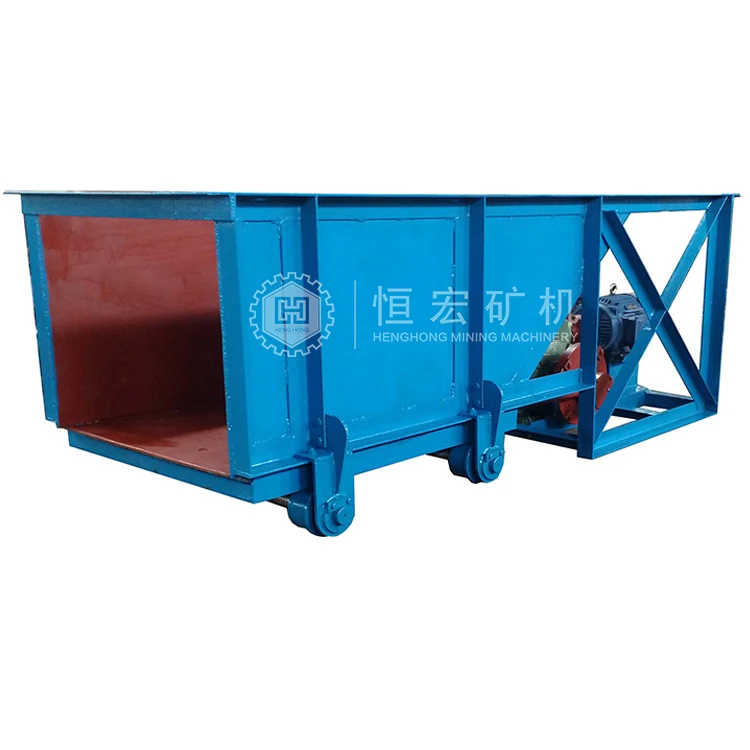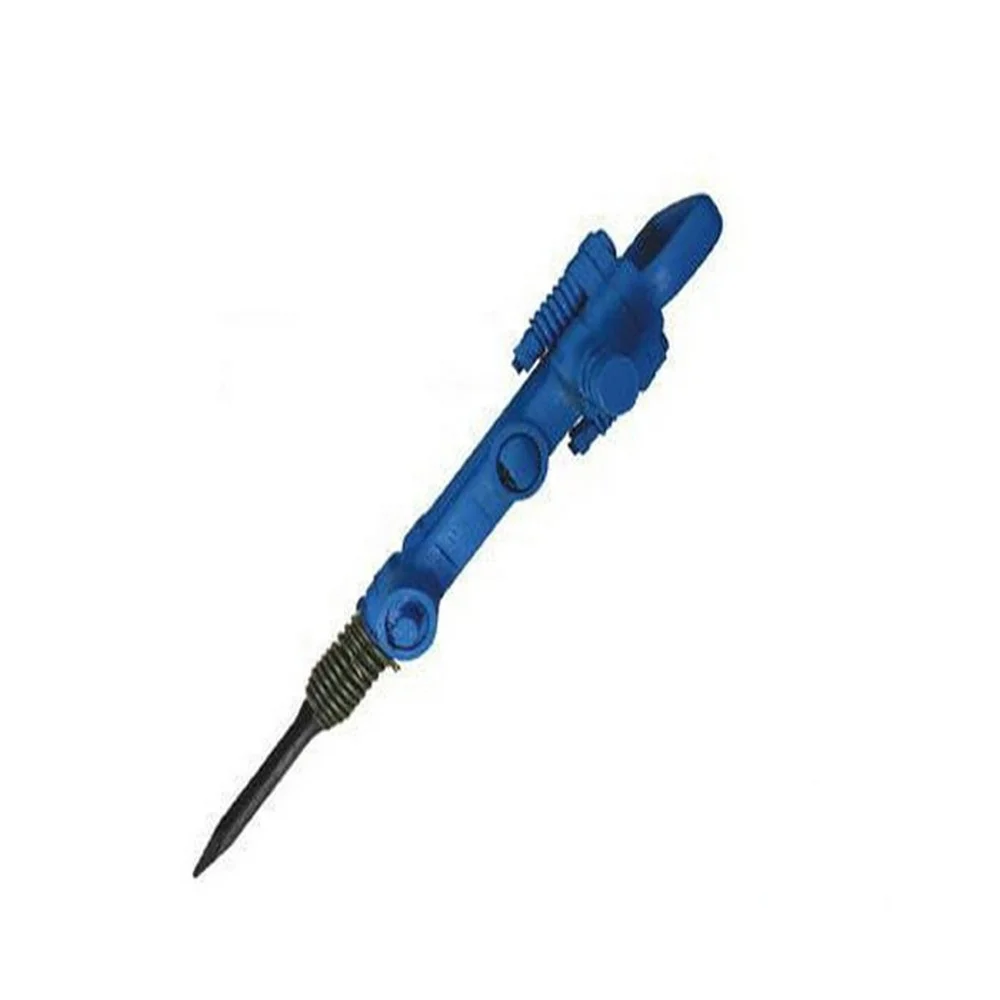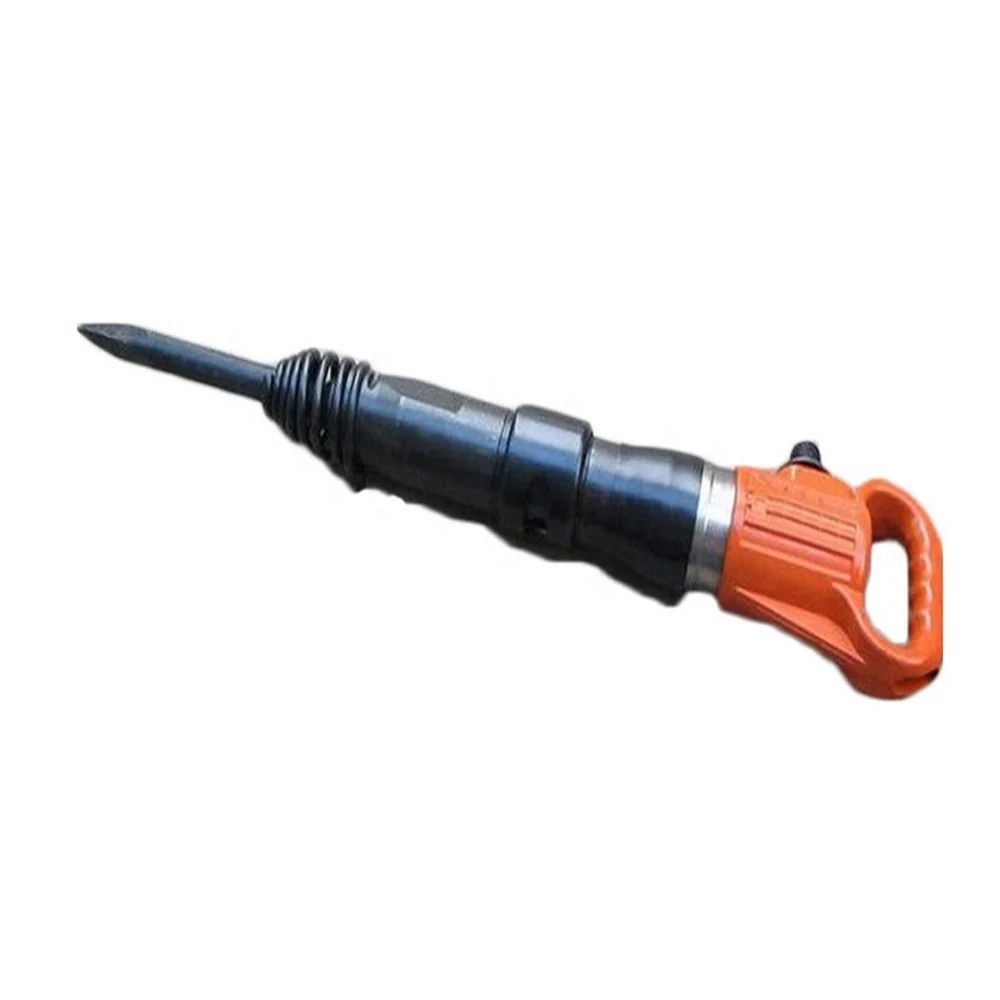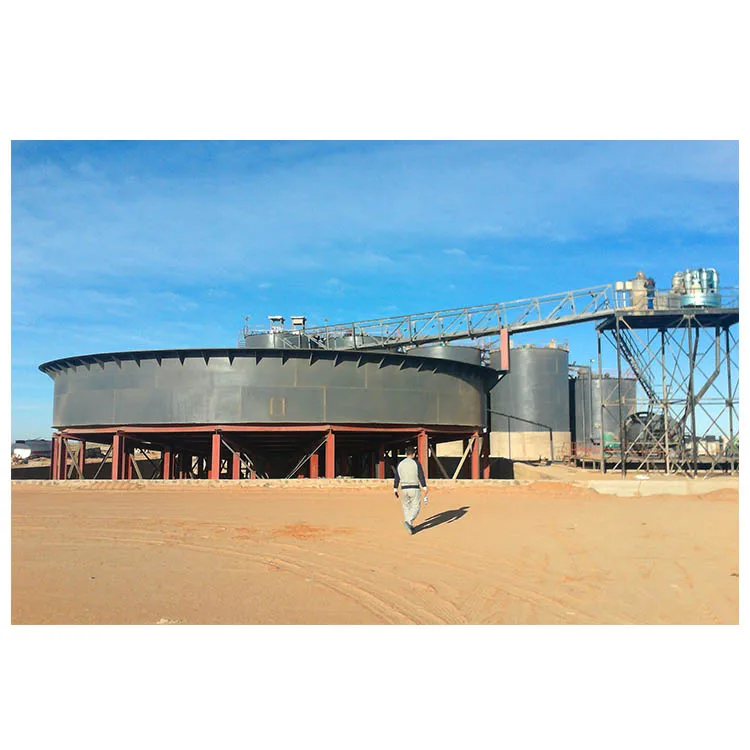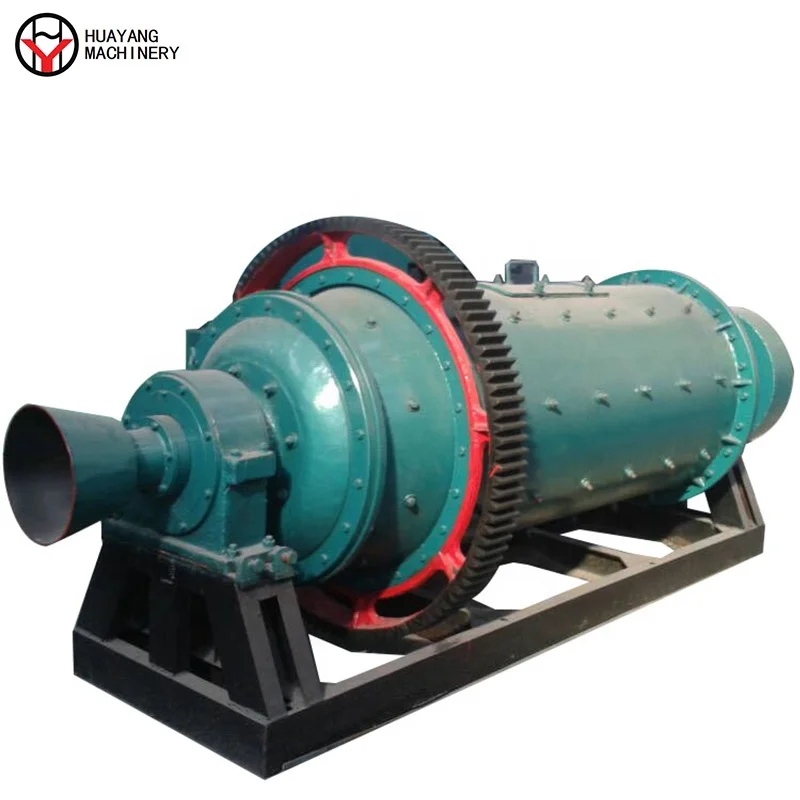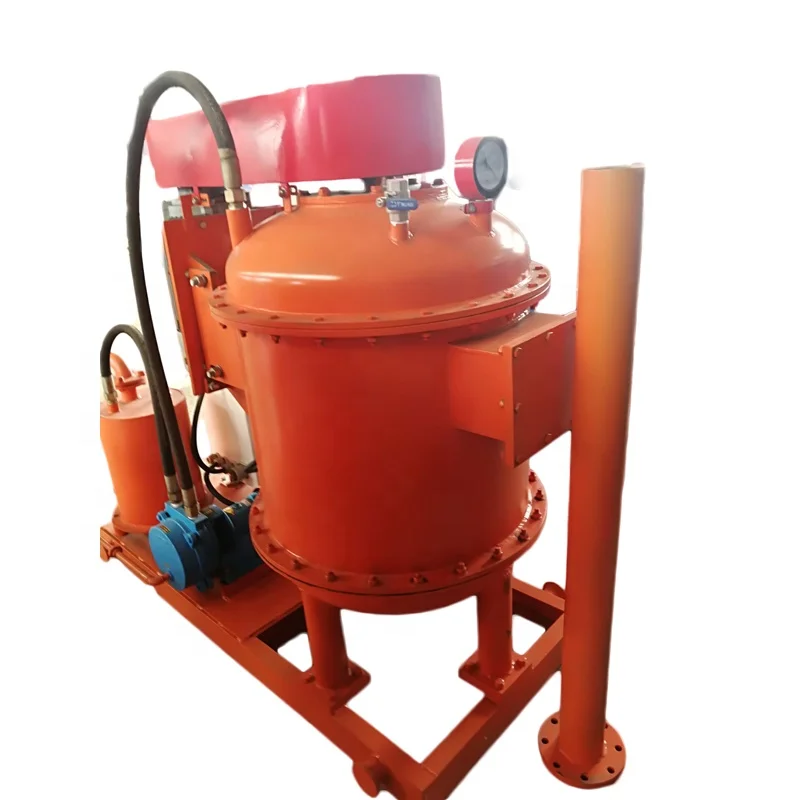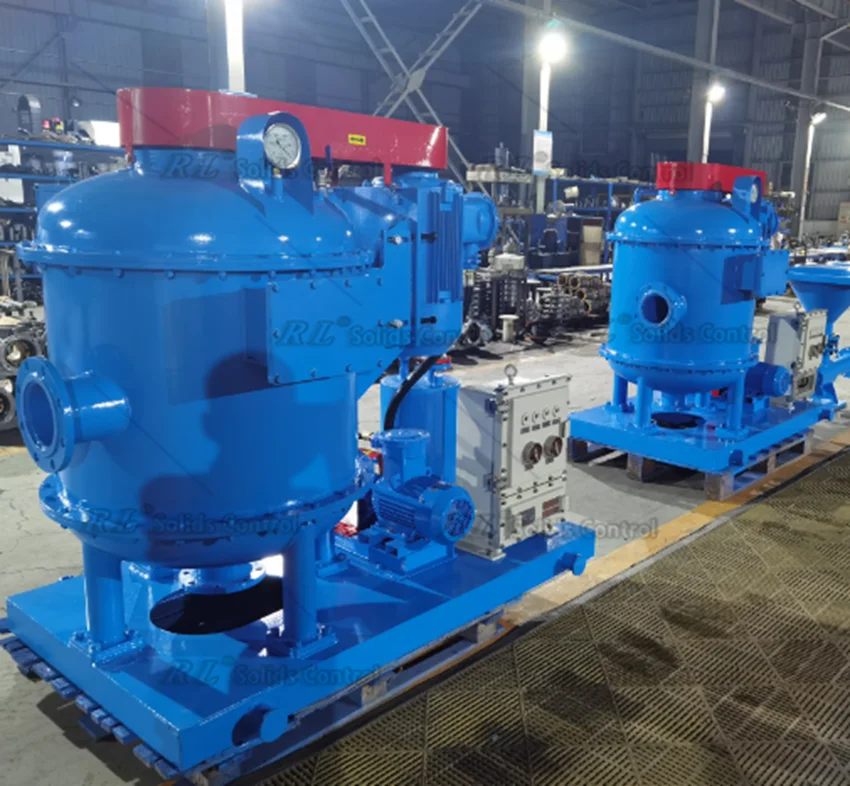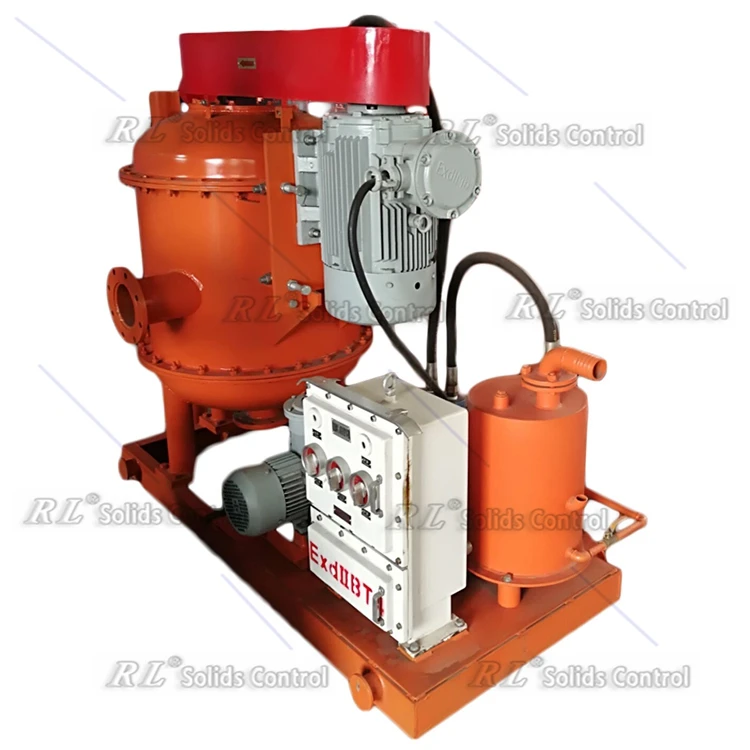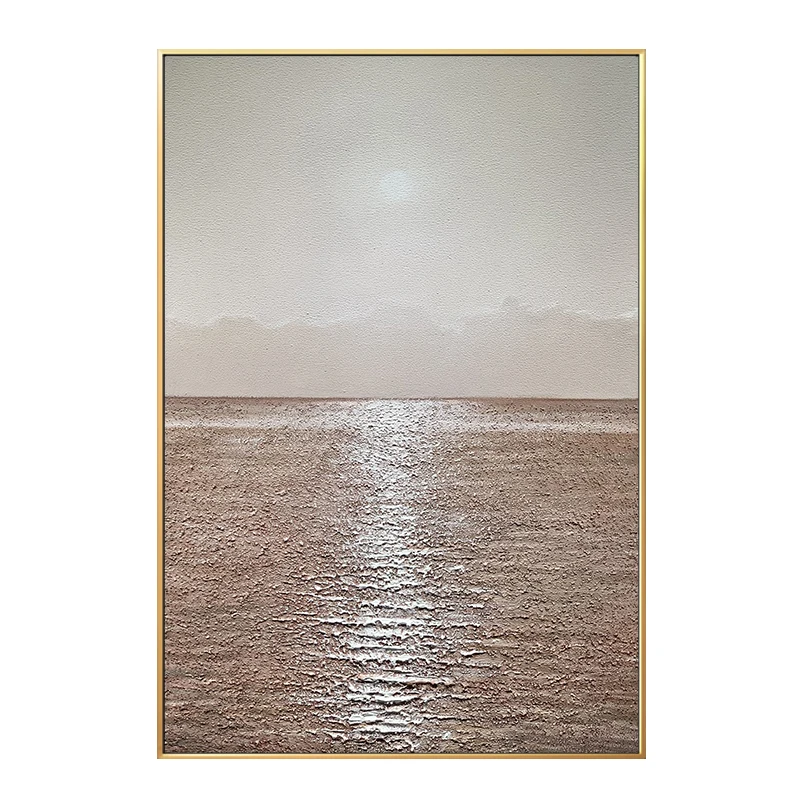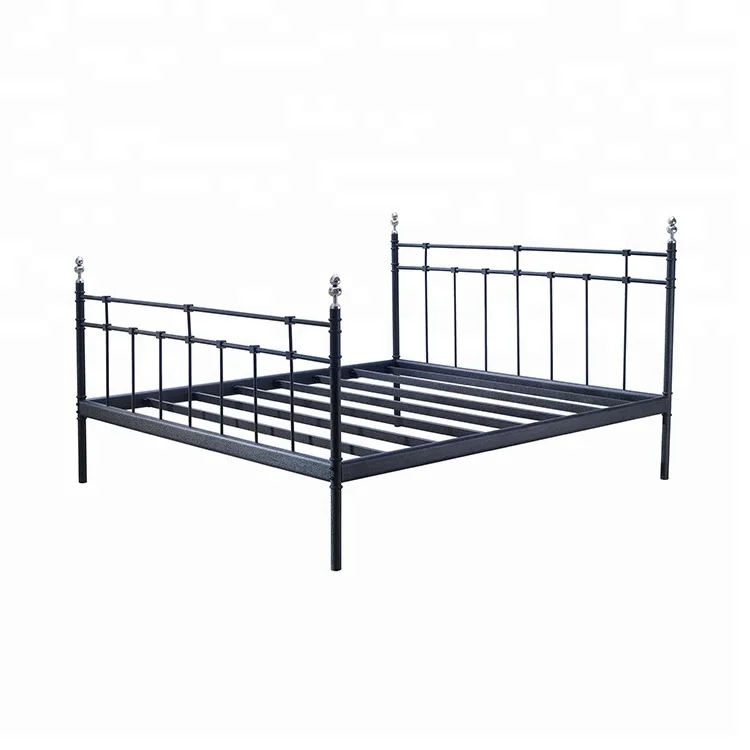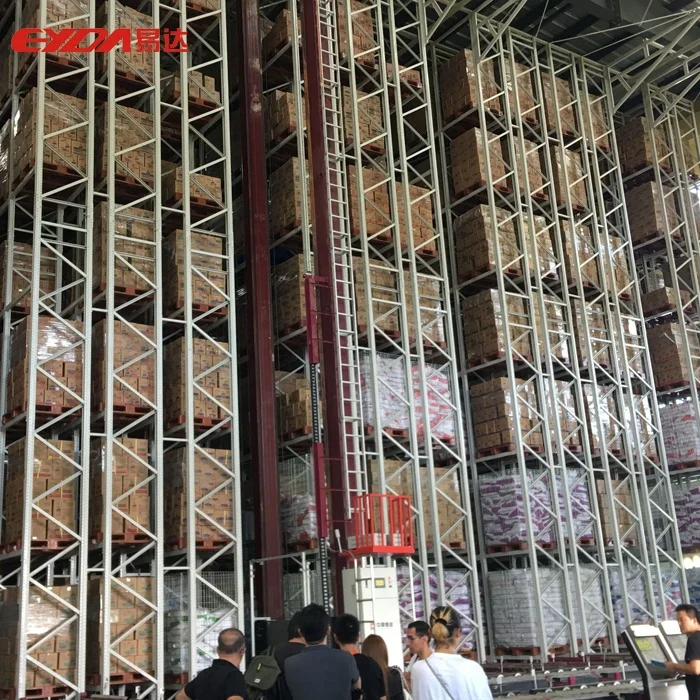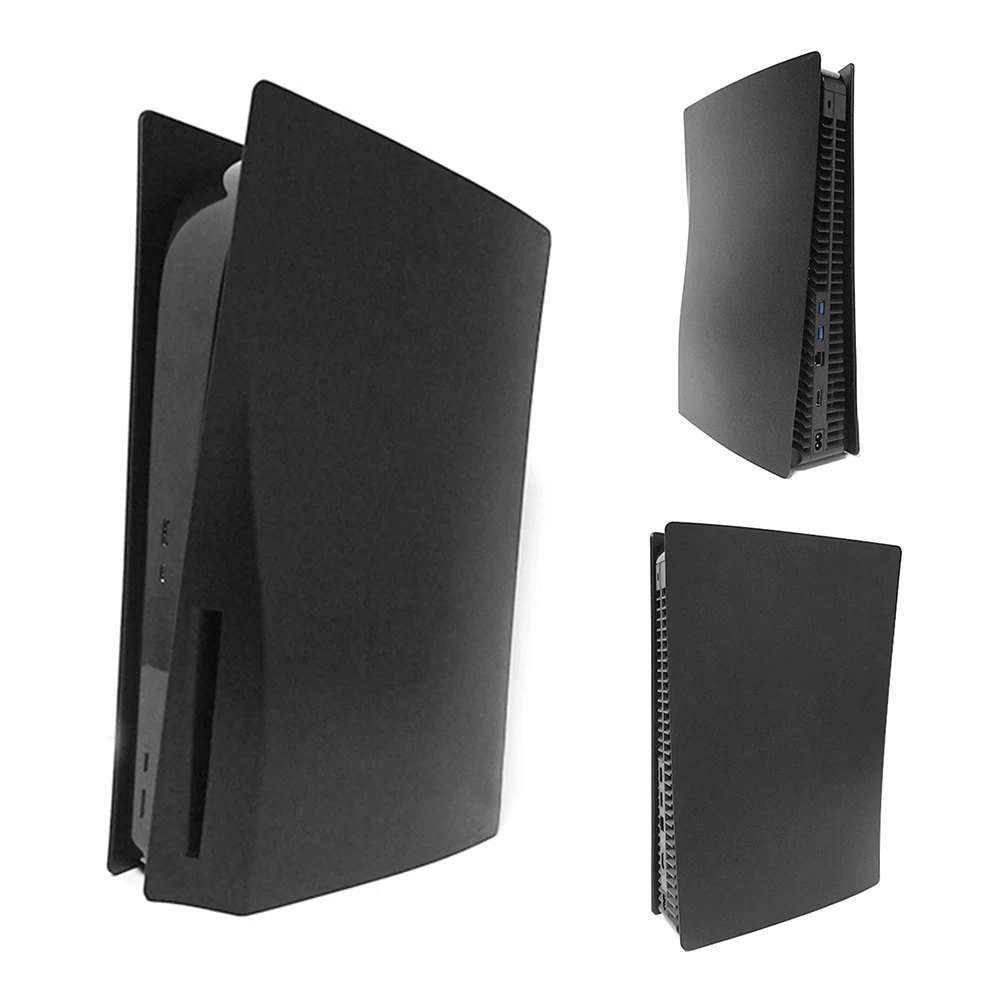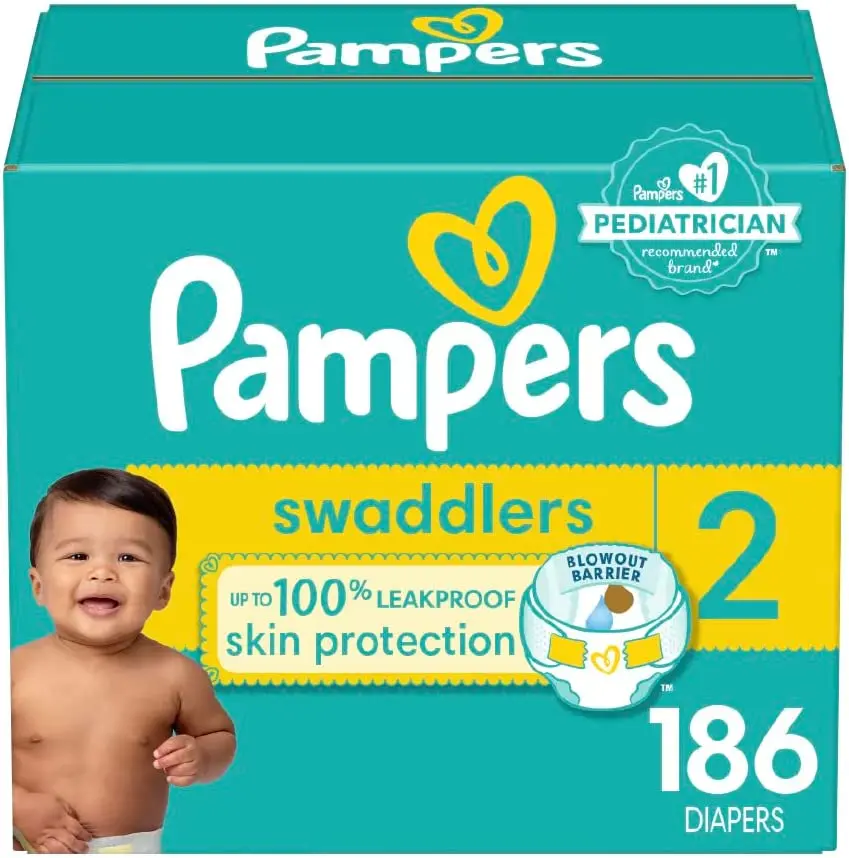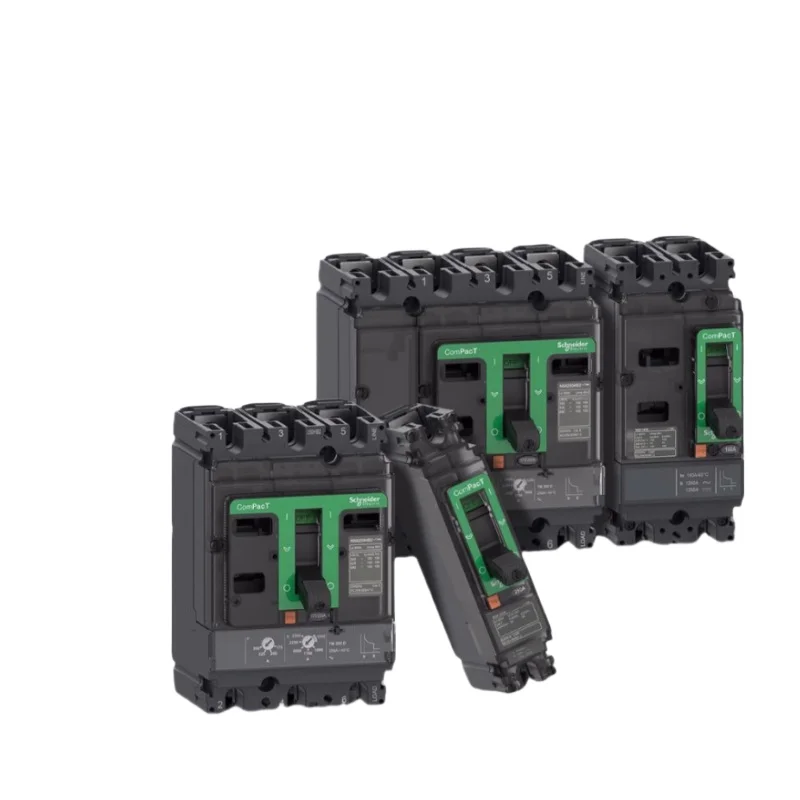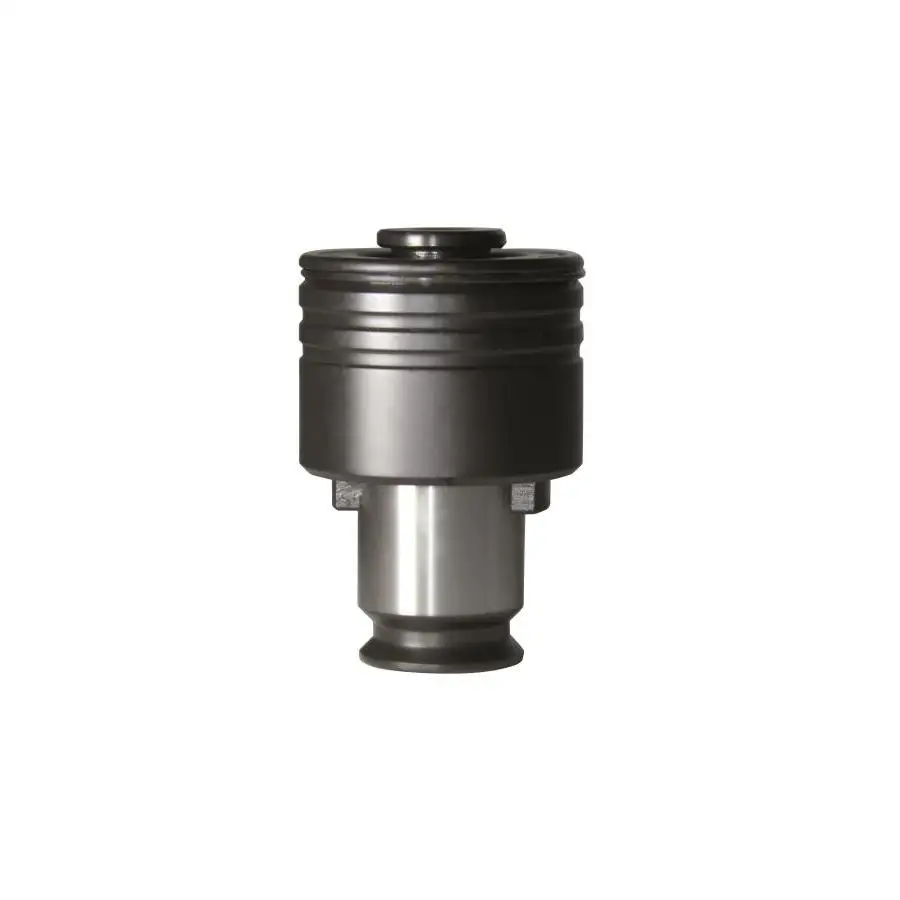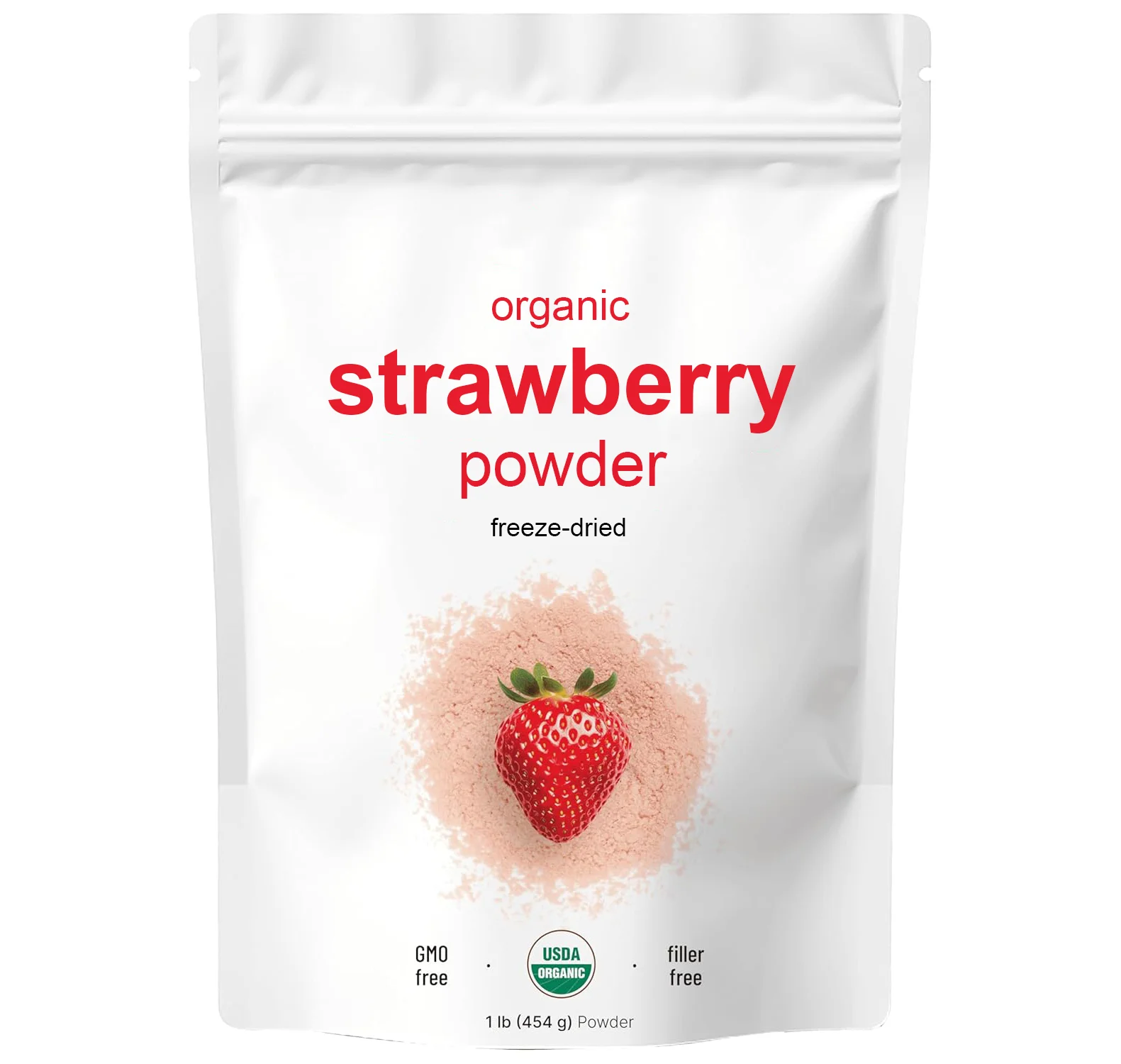YHZ 2040 Высокоэффективная Вращающаяся печь с оксидом цинка 50 100TPH
- Категория: >>>
- Поставщик: Henan Xingyang Mining Machinery Manufactory
Сохранить в закладки 1601198454380:
Описание и отзывы
Характеристики

A rotary kiln is a type of furnace commonly used to heat solid materials in the form of a powder, lump or other granular form. Rotary kilns are used for any number of purposes, from heating soil to remove volatile contaminants, to heating stones to remove moisture. By far the most common materials processed within a rotary kiln are cement, lime, and iron ore.For these most common rotary kiln materials, high temperatures in the range of 1100°C /2000°F are used to instigate a chemical conversion (cement and lime) or to fuse fines (fine ore powder) into pellet form (iron ore).Most rotary kilns are direct fired – with a flame shooting into the kiln from the discharge end(the fire wall). As the kiln rotates, the heated material climbs the kiln wall before flopping down and flipping over. With each flop, the material travels a short distance along the length of the kiln because it is at a slight angle. This slight tilt allows the material to enter one end of the kiln and to exit the other end.



Our customers come from Russia, Tanzania, Mexico, Morocco, Sudan,Pakistan, Yemen, Australia, Malaysia, Africa and so on, more than 50 countries.


1,A heat pattern that matches the firing needs is possible.
Since the temperature is controlled for each zone, the heat pattern can be set according to the firing needs of the product.
For processed objects that generate heat during the firing process, it is possible to provide stable control by installing an air cooling mechanism so that the temperature control does not overshoot.
2,Customization considering contamination.
3,Seal measures.
The unique seal structure enables control of positive and negative pressure. Prevents powder and gas leakage against positive pressure. For negative pressure, it prevents outside air from entering the furnace.
4,Furnace special structure.
A special structure can be installed to block the flow of raw materials, and the time the raw materials stay in the heating zone (residence time) can be maintained.
Pre-sale service:
(1) Professional technicians provide customers with suggestions for model selection.
(2) Design and manufacture machines according to customers' special requirements.

After-sales service:
(1) Arrange technicians to guide the installation.
(2) If your machine is out of warranty, you can buy spare parts from us at the best price.
(3) Engineers can repair machines overseas.


1. How long is the delivery time of your machine?
The delivery time is within 20-30 working days. But if the project is very large and clients have some special requirement about the equipment, the delivery time will be extened.
2.What are the payment terms?
The payment terms are L/C, T/T, D/A, D/P and other.
3.What is the minimum order quantity of your machine?
1 set. Our service will be to satisfy the needs of every client.
4.How long is the warranty period about machine?
Our machine warranty period is 1 year. Wearing parts and problem coursed by worker's wrong operation are not included.
5.What is the after sale service of your company?
We will provide foundation drawing to the clients for installation. Besides, we can provide installation service, workers training service, etc.
6.Can you provide wearing parts?
We have four casting factories that specialize in producing wearing parts for our clients. If your machine are not manufactured by our company, please provide us the wearing parts drawing.
7.Can you provide me a solution and quotation?
Of course. Please give us your details about project, raw material, the capacity, max feeding size, the output size, the usage of final products, etc.
There are two main differences in heating methods for rotary kilns: electric heaters and gas burners.
Electric heater
Electric heaters can usually heat up to high temperatures, but it is relatively easy to control the heating rate and temperature. Another feature is that it is easy to uniformly control the temperature distribution inside the kiln. The atmosphere inside the furnace can be air (including decarbonated air), oxygen, nitrogen, argon, etc.
Gas burner type
The gas burner type uses heat derived from the processed material as fuel (heat source) for the heat booster. This is an energy-saving facility that utilizes the generated waste heat as an external heat source. Superheated steam (SHS) corresponds to the furnace atmosphere.



| Model | Basic Parameters | Reducer | Motor | Support device | Weight(t) | |||
RPM(r/min) | Obliquity(%) | Capacity(t/h) | Model | Model | Power(kw) | |||
| Φ1.6×32 | 0.58~2.85 | 4 | 2 | ZQ75-50 | YCT250-4A | 18.5 | 3 | 46.5 |
| Φ1.6/1.9×36 | 0.53~1.59 | 4 | 2.5~3 | ZQ110-7 | YCT250-4B | 22 | 3 | 58 |
| Φ1.9×39 | 0.53~1.59 | 4 | 3~3.4 | ZQ125-7 | YCT315-4A | 37 | 3 | 72.65 |
| Φ2.2×45 | 0.214~1.64 | 3.5 | 4~5 | ZS125-5 | YCT315-4B | 45 | 3 | 143.6 |
| ZQ40-40 | Y112M-4 | 4 | ||||||
| Φ2.5×50 | 0.62~15 | 3.5 | 5~6 | ZS165-5 | YCT355-4A | 55 | 3 | 182 |
| ZS50-1 | Y160M-6 | 7.5 | ||||||
| Φ2.5×55 | 0.62~1.5 | 3.5 | 5~6 | ZS165-5 | YCT355-4A | 55 | 3 | 185 |
| ZS50-1 | Y160M-6 | 7.5 | ||||||
| Φ2.8×55 | 0.62~1.5 | 3.5 | 6~7 | ZS165-6 | YCT355-4B | 75 | 3 | 216.6 |
| ZS50-1 | Y160L-6 | 11 | ||||||
| Φ3.0×60 | 0.5~1.5 | 3.5 | 7~9 | ZS165-3 | ZSN-280-11B | 125 | 4 | 311.9 |
| ZS50-1 | Y160L-6 | 11 | ||||||
| Φ3.2×64 | 0.4~1.5 | 3.5 | 8~10 | ZL130-16 | ZSN-280-11B | 190 | 4 | 336.8 |
| ZL50-10 | Y180L-4 | 22 | ||||||
| Φ3.5×70 | 0.4~1.5 | 3.5 | 12~14 | ZSY500-40 | ZSN-315-082 | 280 | 4 | 395.6 |
| ZL50-14 | Y180L-4 | 22 | ||||||
| Φ4×80 | 0.4~1.5 | 3.5 | 16~20 | ZSY630-35.5 | ZSN-315-12 | 355 | 4 | 565.8 |
| ZSY280-35.5 | Y200L-4 | 30 | ||||||
Похожие товары
Оптовая продажа, маленький ручной пневматический компрессор, пневматический отбойный молоток, маленький портативный отбойный молоток
Ручной пневматический отбойный молоток, Электрический домкрат, портативный пневматический маленький беспроводной отбойный молоток
Флокулянт (PAM), добавляя устройство с высокой эффективностью и энергосберегающим надежным и непрерывным загустителем
Прямая продажа, крупная шаровая мельница, Известняковая шоколадная шаровая мельница, Заводская распродажа, интегрированная шлифовальная машина, цена
Вакуумная дегазирующая машина RuiLin ZCQ240, вакуумная дегазирующая установка, система вакуумного Дегазирования
Производитель оборудования для дробления пузырьков грязи в грязевых деаэраторах
Вакуумный дегазирующий аппарат для циркуляции пузырьков мусора
Новые поступления
Новинки товаров от производителей по оптовым ценам
